Ewa Aulin: The “Candy Girl” Who Turned 1960s Innocence into Silver-Screen Magnetism
Curious how a single pair of crystal-blue eyes could launch a thousand magazine covers and a decade of movie myths? That was the spell of Ewa Aulin—a Swedish sensation whose “living doll” beauty met a quietly fierce intelligence. Innocent yet intriguing, she arrived in the late ’60s like a breeze through a pop-art poster—fresh, modern, and impossible to forget. But beyond the headlines and heart-stopping close-ups, Ewa’s story is about choice: the wisdom to soar, and the courage to step away when the script no longer served her.
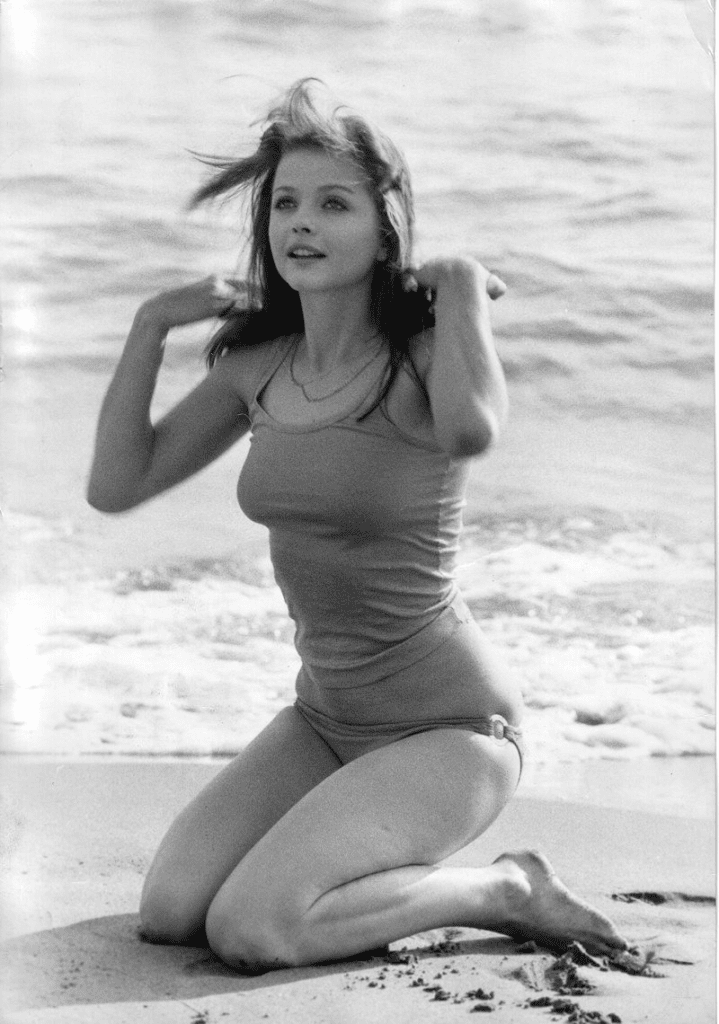
From Skåne to Stardom: A Swedish Origin Story
Born in Landskrona, Sweden, Ewa Aulin grew up amid seaside skies and steady routines—far from the blazing spotlights of Rome or Hollywood. As a teenager, she entered (and won) youth beauty pageants, the kind that were more wholesome rite of passage than high-pressure arena. The camera quickly loved her—soft features, luminous skin, and that arresting gaze. Modeling gigs came first, then screen tests, and before long, the shy girl from the north had become a rising screen presence in continental Europe.
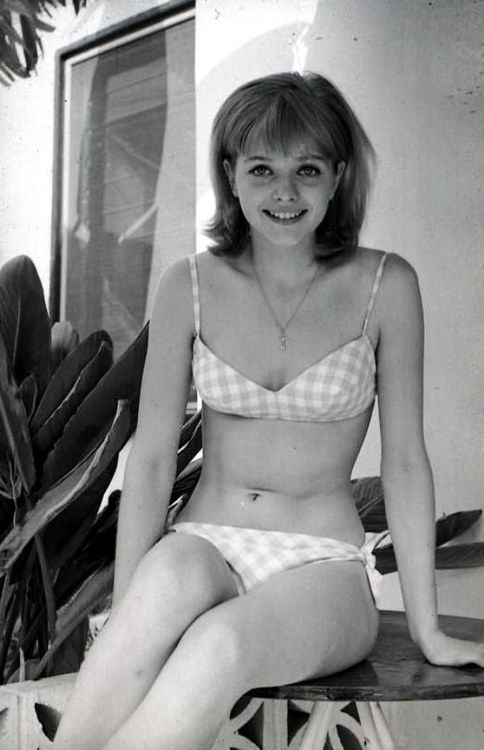
Her earliest sets taught her two truths: the lens rewards authenticity, and restraint can be louder than spectacle. Ewa’s trademark was never about overstatement; she knew the power of a glance, the pause between lines, the playful half-smile that invited the audience closer.
Video :Remember Her From Candy? Now It’s Hard to Look At Her
Swinging Sixties Breakthrough: “Candy” and the Making of a Myth
If the 1960s had a cinematic mood board—psychedelic color, anti-establishment satire, and star-studded cameos—Candy (1968) would be pinned at the center. Ewa Aulin’s luminous lead turn as Candy Christian captured the cultural contradiction of the era: innocence adrift in a world waking up to desire, freedom, and absurdity. Surrounded by titanic personalities and surreal vignettes, she held the film together with a performance that felt feather-light on the surface yet surprisingly grounded.
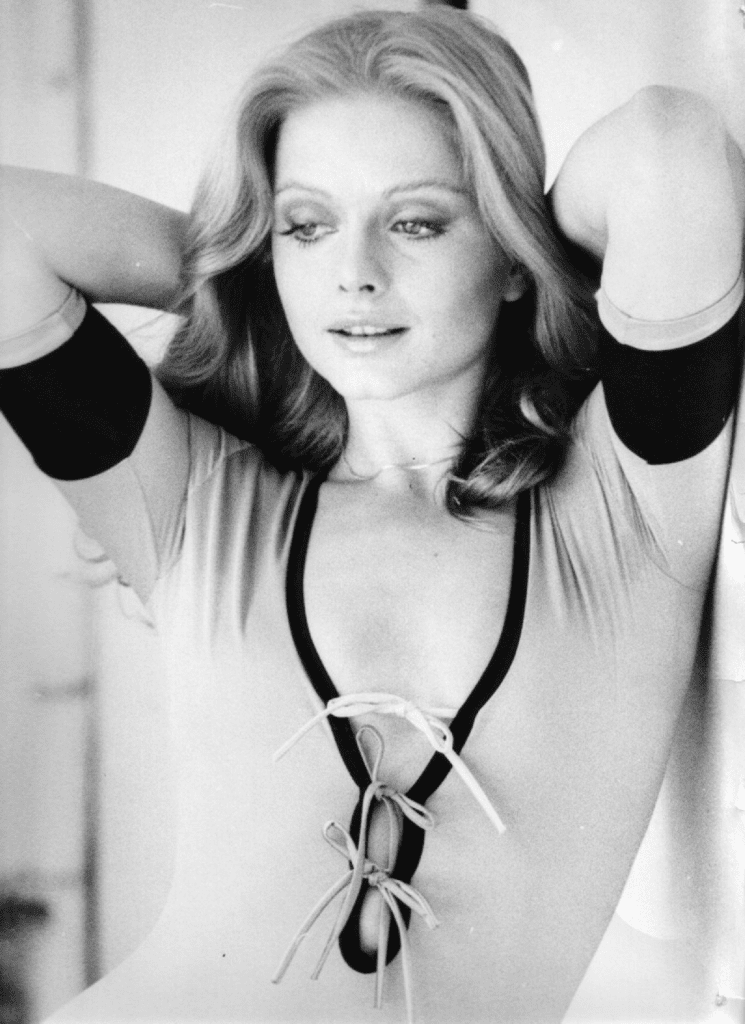
Why did it work? Because Ewa resisted caricature. She played Candy not as a caricatured ingénue, but as a curious, open-hearted young woman moving through chaos with grace. The camera adored the contrast—crystalline purity lit by knowing wit—and audiences did too. One film turned her into an international phenomenon and made “Candy girl” shorthand for the era’s most irresistible blend of sweet and subversive.
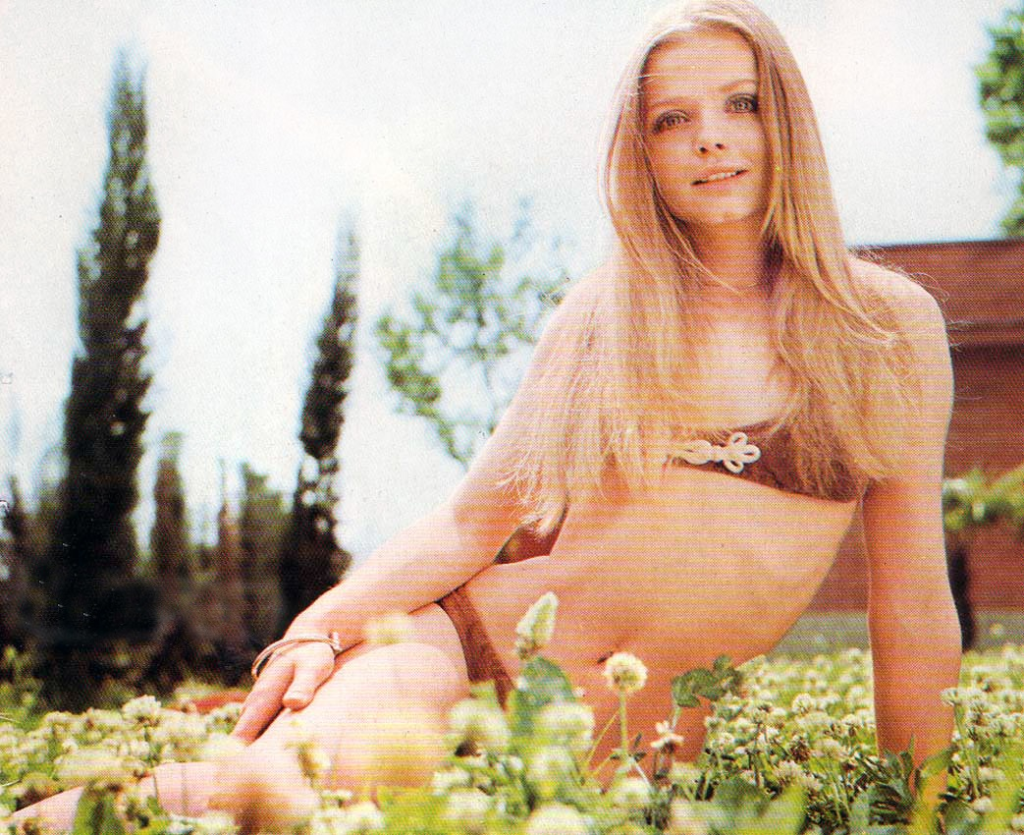
Beyond “Candy”: Genre Hops, European Cool, and Cult Status
The late ’60s and early ’70s were a joyride for stylish European cinema—sleek thrillers, pop-noir puzzles, and elegant comedies—and Ewa Aulin moved through them like a quicksilver muse. She danced between genres with agility:
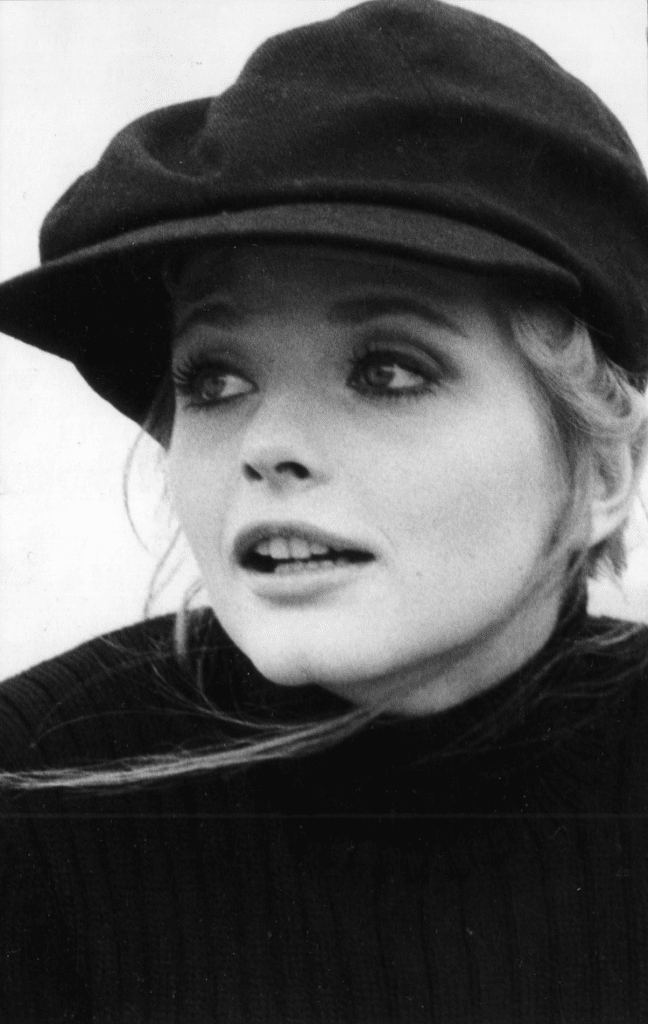
- Pop-art suspense and stylish thrillers: Directors prized her ability to project innocence and enigma in the same frame. Whether the tone leaned playful or dark, she carried a magnetic quiet that made mysteries feel more unsettling—and more human.
- Romps and refined comedies: Ewa could be airy and effervescent when a story called for sparkle, flipping seamlessly into satire or farce without losing authenticity.
- Gothic and psychological turns: When scripts grew moodier, she pivoted into psychologically shaded roles, giving genre pieces unexpected emotional heft.
Cinephiles today still trade recommendations from her filmography; that’s what happens when an actress builds a body of work across niches that age into cult classics. Decade by decade, her performances continue to feel crisp, modern, and slyly self-aware.
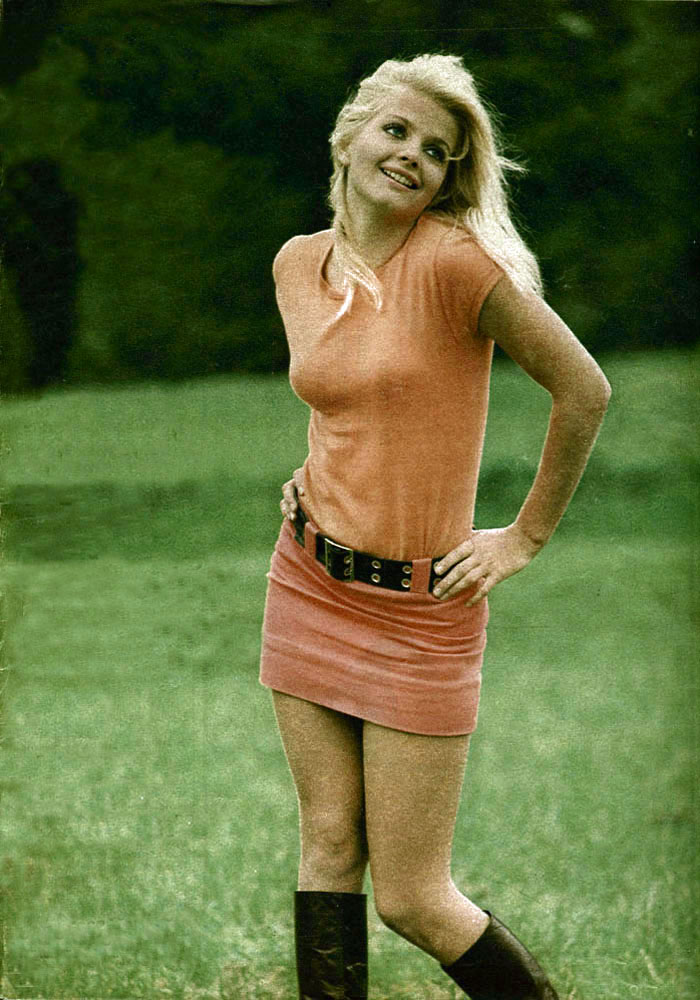
The Trademark Look: “Living Doll” Beauty with a Modern Mind
Let’s talk about the iconography. Ewa Aulin’s visual signature—porcelain skin, clean lines, glossy blonde hair, and eyes the color of glacier melt—helped define the international look of the late ’60s. But what set her apart wasn’t just surface. She carried herself with poise. Her movements were economical. Her expressions read like a language. Costume designers adored how she “wore” a character rather than letting wardrobe wear her. Directors leaned into close-ups; she rewarded them with layered stillness.
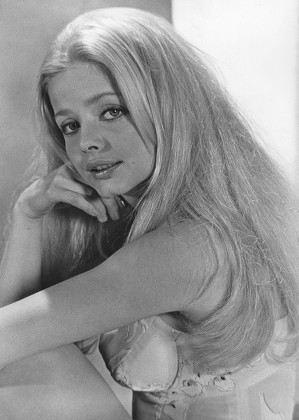
Today, you can spot Aulin’s influence on editorial shoots that chase that blend of youthfulness and mystery. The lesson she taught the camera world is evergreen: beauty lands; presence lingers.
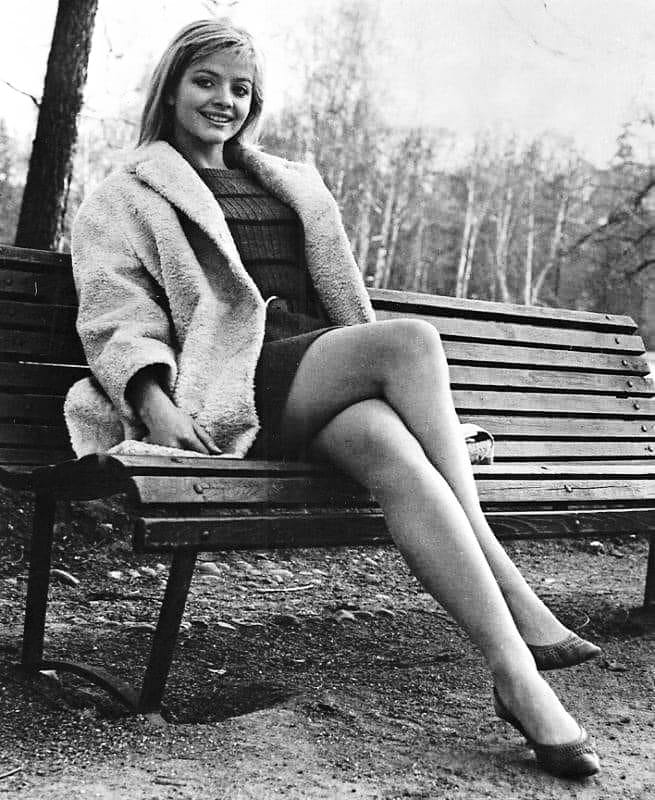
Agency Over Fame: The Daring Choice to Step Away
Many stars try to stretch a five-year wildfire into a lifelong blaze. Ewa Aulin did something rarer—and braver. After a burst of high-profile titles and a global spotlight, she chose a quieter life. She married, built a family, pursued studies, and redirected her energy toward work that fed her off-screen identity. In an industry that often mistakes visibility for value, Ewa’s decision reads as beautifully modern: opt out, on purpose; define success on your own terms.
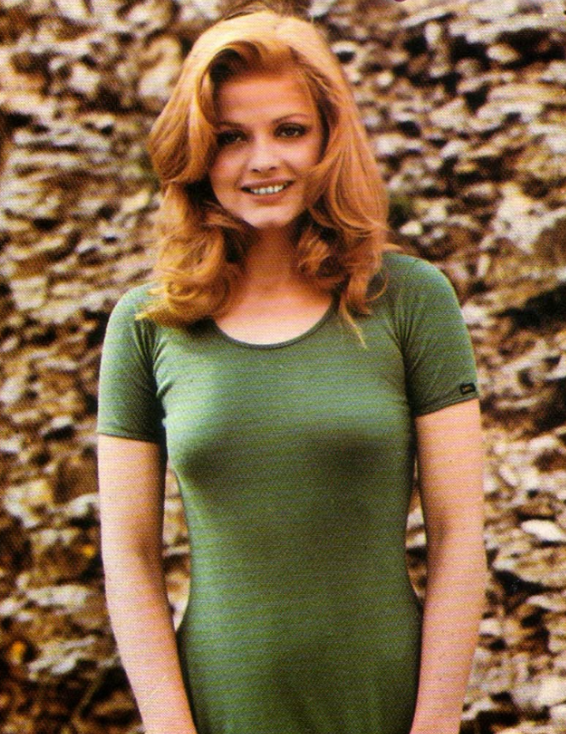
The result? Her legend never tarnished. By stepping away, she preserved the brilliance of her prime and transformed her career into something like a cherished art book—finite pages you revisit often because every image still hums.
What Made Ewa Aulin Unforgettable
- Duality that reads on camera. She could radiate naïveté and hint at complexity in the same beat. That paradox is catnip for directors—and catnip for audiences.
- Effortless screen craft. Ewa understood composition: when to hold still, where to turn her face to catch light, how to create space for co-stars without fading.
- A selective filmography. A concise body of work helps; when almost every appearance is memorable, the myth stays pristine.
- A narrative with edges. Her early exit didn’t dim her; it burnished the mystery. She became the star who chose life, not just a life on camera.
Video :Ewa Aulin – Candy (1968)
Aulin’s Enduring Legacy in Today’s Culture
You can feel echoes of Ewa Aulin anywhere modern style intersects with retro cool: fashion editorials, remastered European thrillers, and playlists of late-’60s film scores. Younger performers borrow her balance of poise and playfulness; photographers chase that same crystalline gaze. In film schools and niche festivals alike, her name still rises when the topic turns to the Swinging Sixties and the actresses who defined its cinematic mood.
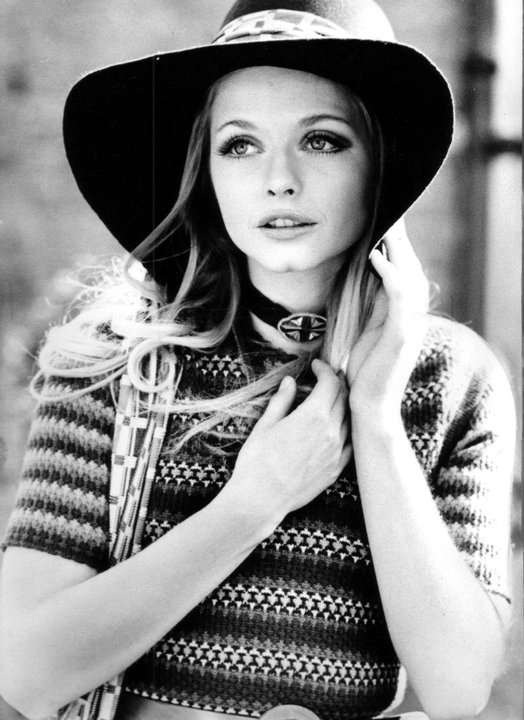
Most importantly, Ewa’s arc offers a template for creative autonomy. You can be iconic and still walk away. You can rewrite the script of celebrity and let your work—not your constant visibility—carry your legacy forward.
Essential Viewing: Where to Start with Ewa Aulin
- The Pop-Satire Breakthrough: Candy — A technicolor time capsule and a showcase for her paradoxical charm.
- The Sleek Euro-Mystery: Seek out her stylish thrillers from the late ’60s for icy-cool atmospherics and quietly riveting turns.
- The Chic Comedies: Her lighter roles reveal comedic timing that keeps the smile just this side of knowing.
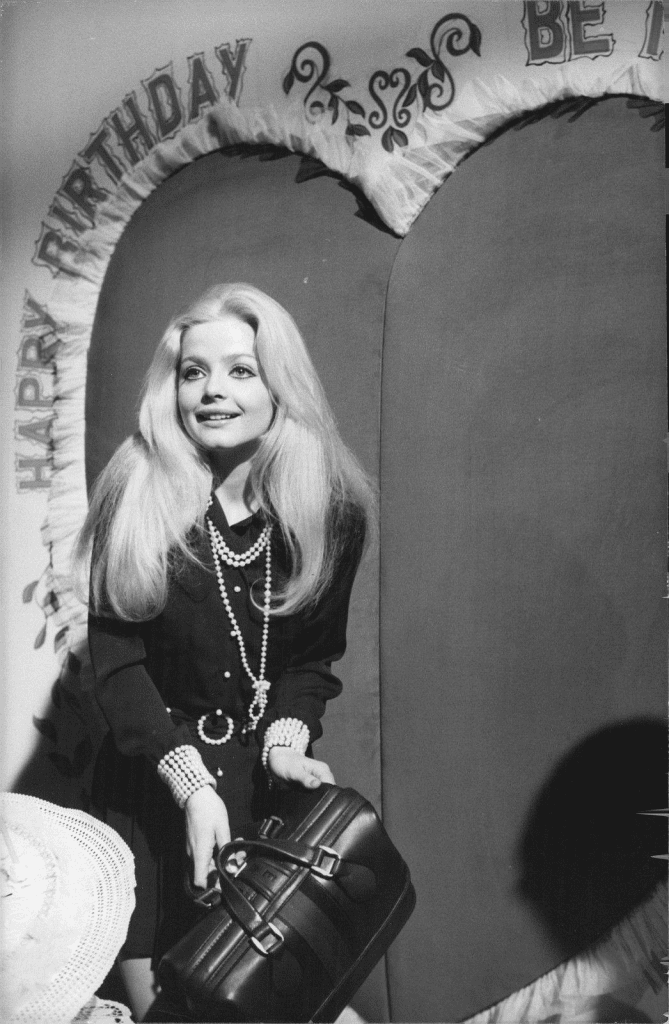
Watch them close. Notice the micro-expressions, the beautifully measured silences, the way a single eye flicker can shift a scene’s temperature. That’s not luck—that’s craft.
Why We Still Talk About Ewa Aulin
Because she embodies the shimmering contradiction that made the late ’60s irresistible: innocence reimagined as agency, sweetness sharpened by wit, beauty anchored by brains. She didn’t chase every headline; she let her best frames do the talking. And decades later, they still do.
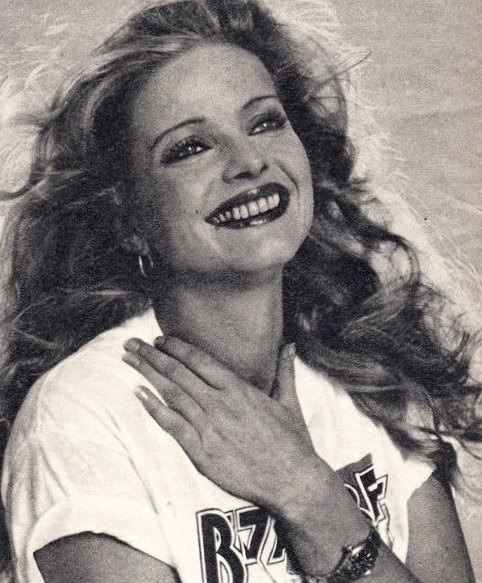
Ewa Aulin remains the rare star whose glow feels undimmed by time. If you’re exploring the era’s most captivating faces, don’t stop at the posters. Dive into the films, and you’ll find an artist whose subtlety steals scenes and whose choices—on and off screen—made her legend last.